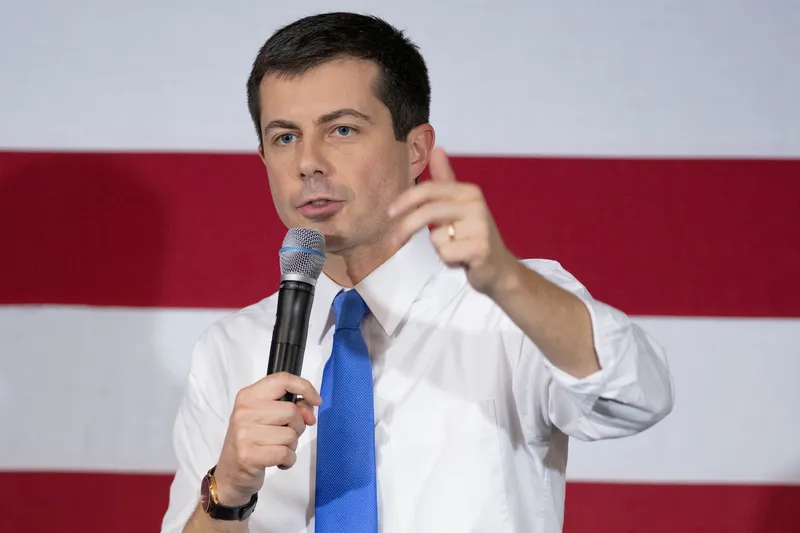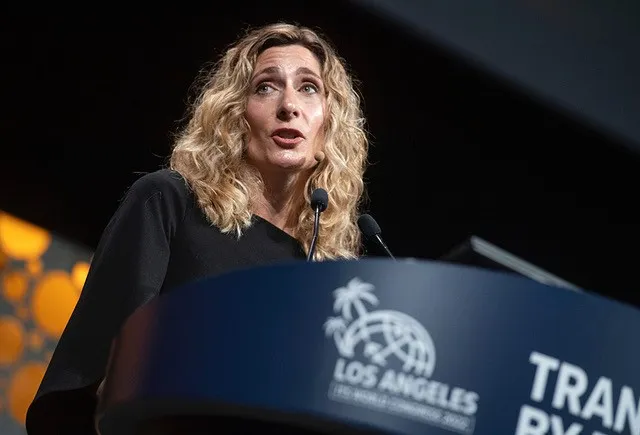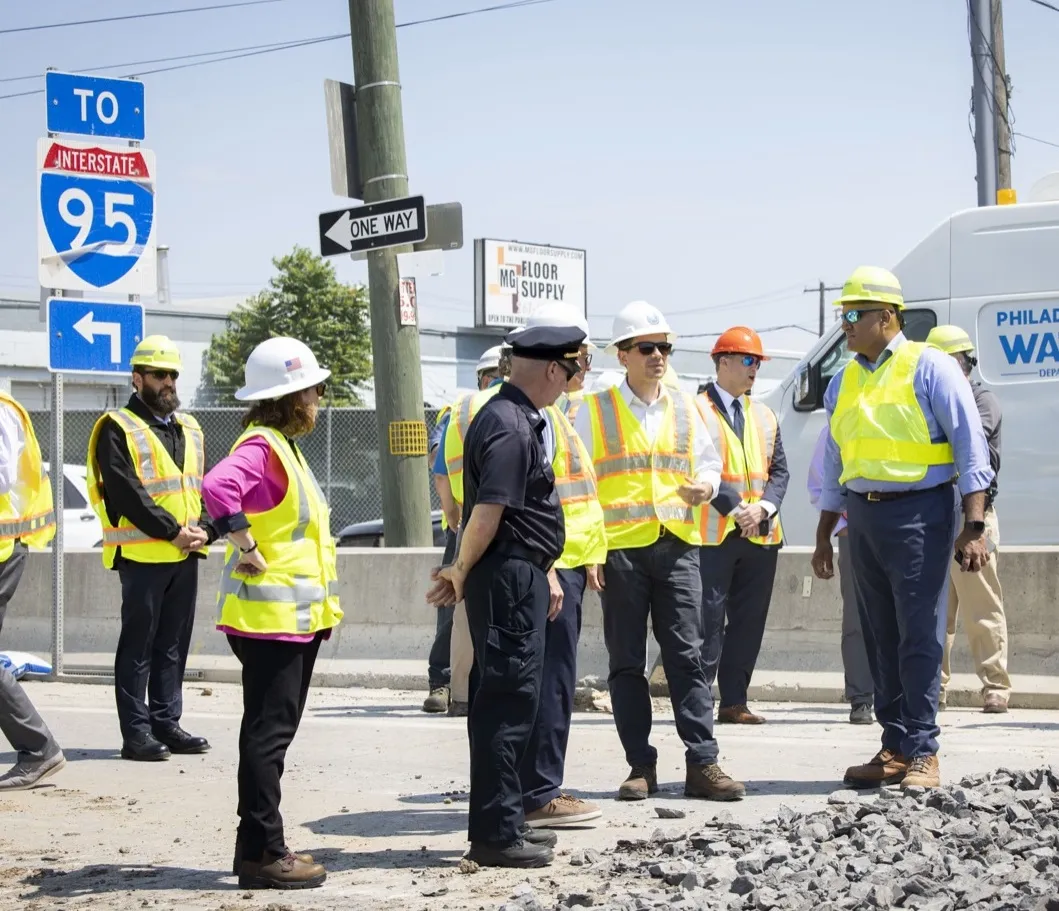
Nominee for US secretary of transportation Pete Buttigieg has unveiled a $1 trillion infrastructure package which includes plans to improve public transport.
Buttigieg is highly critical of Donald Trump's administration, saying it was "incapable of keeping its promise to pass major infrastructure legislation, and as a result, critical projects around the country are stalled and communities are paying the price".
“Cities and towns have been leading the way on new infrastructure partnerships and approaches, but too often the federal government does not help as it should—failing to fund and prioritise infrastructure and relying on outdated standards,” he said.
Buttigieg pledged: “Under my administration, local governments will finally have a partner in Washington. As a former mayor, I know that priority-based budgets made locally are better than budget-based priorities set in Washington.”
The former mayor of South Bend, Indiana, is part of the adminstration which is due to take over governing the US when Joe Biden is sworn in as president today.
Buttigieg's appointment must be confirmed in a vote by the US Senate, after a hearing before the Senate Committee on Commerce, Science and Transportation, which is due to take place on Thursday 21 January.
A statement uploaded on the Democracy in Action website and also covered by CNBC says the 'Building for the 21st Century' plan includes a $150 billion pledge to improve public transportation.
The transportation fund will support towns in providing equitable public transportation, including improved options for subway, light rail, bus rapid transit and last-mile service.
The plan also seeks to expand accessible rural transportation with a $12bn investment while also setting out to improve the connectivity and safety of US rail network.
A separate area of the package is focused on measures to build safer roads, which includes measures such as doubling funding for the Transportation Alternatives Program to install more accessible pavements, pedestrian crossings and bike lanes.
Part of this objective includes plans increase funding in the Highway Safety Improvement programme for building safer roads. Buttigieg’s Department of Transportation will also fund studies to improve road safety on rural roads.
Buttigieg’s administration will also connect funding to safety performance by requiring US state transportation agencies to set targets that reduce fatalities and injuries and are consistent with a national Vision Zero goal.
It will also require US states to improve their safety records or road design processes or lose federal funding for other roadway projects.
To incentivise safe driving practices, Buttigieg will increase federal funding to $1bn a year for the National Highway Traffic Safety Administration and Federal Highway Administration to address unsafe driving behaviour, research solutions for distracted driving and strengthen enforcement.










